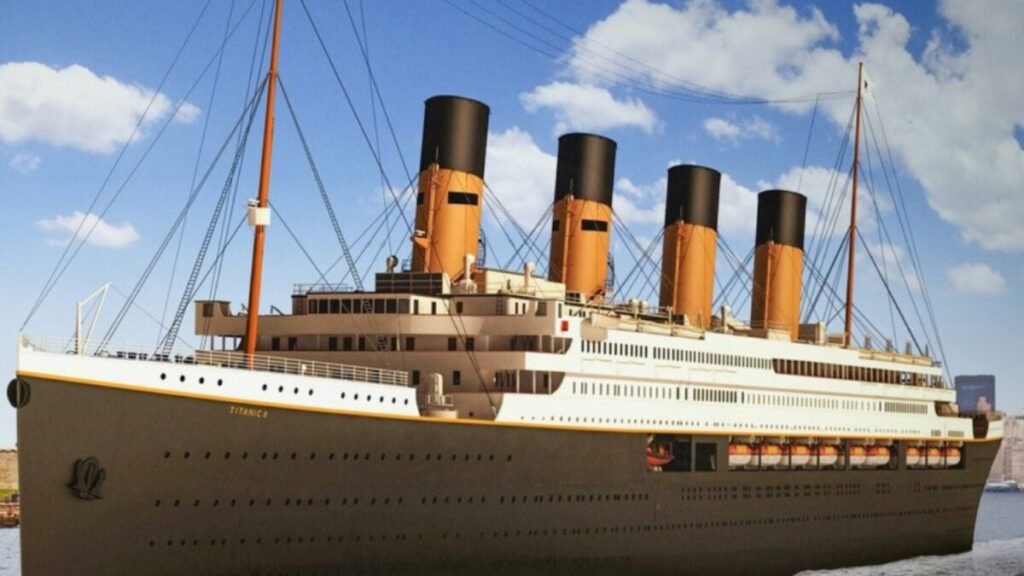Technical Analysis of the Titanic II’s Return in 2027 with Advanced Technology

In 1912, the Titanic sank in the cold waters of the Atlantic, leaving an indelible mark on history. More than a hundred years later, the dream of seeing that steel giant again is reborn. The company Blue Star Line, founded by Australian billionaire Clive Palmer, announced that in 2027 the Titanic II will set sail, a modern replica of the legendary ocean liner. The project promises to combine the elegance of the past with present-day technology, recreating the original journey between Southampton and New York that the Titanic never completed.
### A symbol of the past with a modern soul
The Titanic II will be visually identical to the 1912 ship: it will retain its iconic grand staircase, luxury lounges inspired by the Belle Époque, and cabins spread across first, second, and third class. However, beneath its classic appearance, it will feature completely new engineering. The ship will have state-of-the-art propulsion systems designed to reduce emissions and increase efficiency. It will also be slightly wider for stability and have an additional deck dedicated to safety, with enough lifeboats, modern evacuation routes, and anti-disaster technology.
“The ship will be a tribute to the spirit of the Titanic, but built to the highest standards of the 21st century,” Palmer declared when announcing the revival of the project.

### Technical details and design
The new ocean liner will have:
– Nine decks
– 835 cabins
– Capacity for 2,400 passengers and over 900 crew members
– A weight of 56,000 gross tons, nearly 30% more than the original
The design is being handled by the Finnish firm Deltamarin, specializing in modern naval engineering. Onboard, contemporary luxuries will not be lacking: air conditioning, GPS, radars, satellite communications, and automated systems for navigation and safety.
### The journey that was never completed
The inaugural voyage will follow the historic route between Southampton and New York. After that, the company plans thematic trips around the world, combining history, culture, and luxury tourism. The estimated price of the project ranges from $500 to $1,000 million, and construction will officially begin in 2025, according to Blue Star Line’s schedule.
The ship will be not only a cruise but also a floating museum: an immersive experience that will allow passengers to “time travel” without sacrificing safety or comfort.
Controversy and fascination
Not everyone shares the excitement. Some critics consider that reviving a ship associated with a tragedy with more than 1,500 victims can be controversial. Others question the economic feasibility of such a unique cruise, in a market dominated by more sustainable or technologically minimalist experiences.
Palmer, however, insists that the Titanic II is a tribute to human determination, art, and history.
Beyond nostalgia
115 years after the shipwreck, the Titanic remains a universal myth: a mixture of beauty, tragedy, and human ambition. Its return in the form of a replica, equipped with all modern technology, promises to revive global fascination for that “ship of dreams.”
If everything goes as planned, . And although this time the fate will not be tragic, the question still lingers in the air: would you dare to embark on the Titanic II?
Source:
Source:







